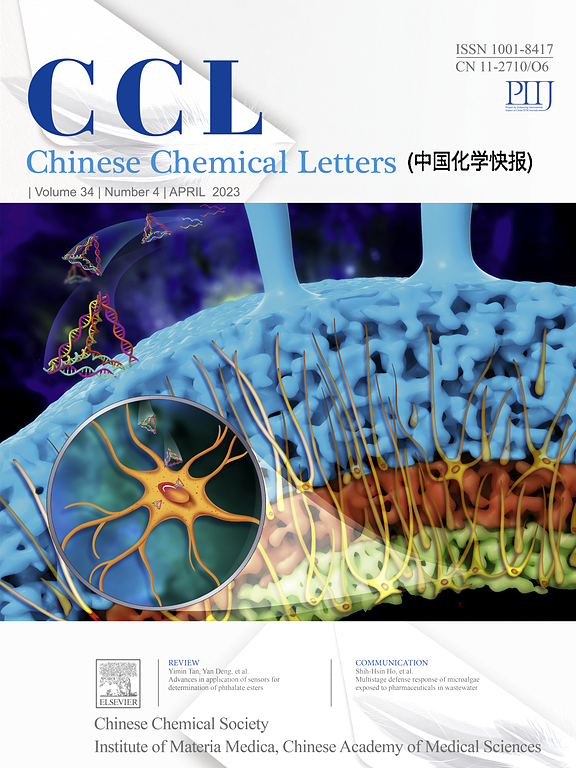Degradation of chloroxylenol by CoSx activated peroxomonosulfate: Role of cobalt-sulfur ratio
IF 9.4
1区 化学
Q1 CHEMISTRY, MULTIDISCIPLINARY
引用次数: 0
Abstract
Cobalt sulfide has received widespread attention in the advanced oxidation treatment of wastewater, and its catalytic activity is influenced by crystal structure and exposed active sites. This work successfully constructed three types of cobalt sulfides, namely Co9S8, Co3S4 and CoS2, by changing the molar ratio of cobalt to sulfur. The results showed that the degradation efficiency of Co9S8, Co3S4 and CoS2 on chloroxylenol by activated peroxomonosulfate (PMS) were 100 %, 88.70 % and 67.73 %, respectively. Combined with density functional theory (DFT), the structural properties and reaction energy barriers of different cobalt-sulfur ratios were calculated. As the ratio of cobalt to sulfur increases, the sulfur vacancies realized a fuller exposure of active sites (Co2+surf.) on the surface of the catalysts, with a highly linear relationship with the reaction rate constant (R2 = 0.945). This work explores the structure-activity relationship between cobalt sulfur ratio and degradation efficiency, which can guide new catalyst synthesis.

求助全文
约1分钟内获得全文
求助全文
来源期刊

Chinese Chemical Letters
化学-化学综合
CiteScore
14.10
自引率
15.40%
发文量
8969
审稿时长
1.6 months
期刊介绍:
Chinese Chemical Letters (CCL) (ISSN 1001-8417) was founded in July 1990. The journal publishes preliminary accounts in the whole field of chemistry, including inorganic chemistry, organic chemistry, analytical chemistry, physical chemistry, polymer chemistry, applied chemistry, etc.Chinese Chemical Letters does not accept articles previously published or scheduled to be published. To verify originality, your article may be checked by the originality detection service CrossCheck.
 求助内容:
求助内容: 应助结果提醒方式:
应助结果提醒方式:


